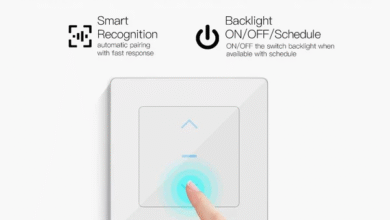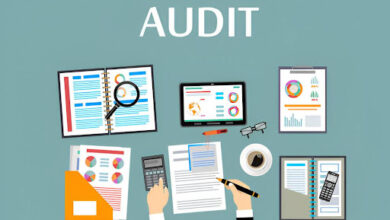Why the Globe of the Earth Remains an Essential Educational Tool?

In the modern world, technology continuously evolves, making it easy to access information with just a few clicks. With tools like Google Earth, virtual maps, and GPS systems, it can sometimes seem that traditional teaching methods are being pushed aside in favor of digital innovations. However, one educational tool that continues to prove its worth, even in the digital age, is the globe of the Earth. A physical, three-dimensional representation of our planet, the globe remains an indispensable educational tool, particularly in geography, history, and environmental studies.
A Tangible Connection to Our World
The globe is unique in its ability to provide a tactile, real-world connection to Earth’s geography. Unlike flat maps, which distort shapes and distances as you approach the poles or edges, a globe presents an accurate, spherical representation. Students can physically rotate the globe, touch the countries, and gain a better understanding of the Earth’s true shape, size, and scale. This hands-on interaction reinforces learning by helping students internalize the three-dimensional nature of the planet.
A globe allows students to grasp the concept of longitude and latitude, the Earth’s rotational axis, and how continents and oceans are arranged. By spinning the globe, students can observe how different regions of the world are situated in relation to one another.
Contextualizing Historical and Cultural Events
One of the most powerful aspects of a globe is its ability to contextualize historical and cultural events. When studying global history, it’s essential for students to understand where events took place and how they shaped the world. The globe provides a visual anchor for this understanding. For example, when discussing the rise and fall of empires or the spread of civilizations, seeing the geographical locations of these events on a globe helps students understand the challenges people faced as they navigated vast distances or encountered other cultures.
In history lessons, students can spin the globe to trace the routes of explorers, merchants, and soldiers. They can follow the expansion of trade routes, the movements of armies, or the diffusion of ideas and technologies. Understanding geography is critical to understanding how history unfolded, and the globe makes this connection both clear and memorable.
Promoting Geographical Literacy
In today’s world, geographical literacy is more important than ever. With global interconnectedness, an awareness of geography is crucial to understanding international relations, environmental issues, and even global economics. The globe helps students develop a sense of global citizenship, teaching them that the world is not just a flat collection of countries but a vast and interconnected space where every action has ripple effects.
By using the globe, students gain a better understanding of the planet’s physical features. They can see the location of mountains, rivers, deserts, and oceans, which influences weather patterns, climate, and the distribution of life. This tactile experience can complement digital maps, providing a broader, more comprehensive perspective on global geography.
A Bridge Between Digital and Physical Learning
While digital tools offer a wealth of information at our fingertips, they can sometimes feel disconnected from the physical world. The globe, on the other hand, provides a direct, physical connection to the Earth, which can make learning more engaging and grounded in reality. In classrooms that are increasingly reliant on digital technology, the globe serves as a reminder of the world’s physical presence.
Using the globe alongside digital tools can provide a balanced approach to learning. Teachers can complement the virtual experience with hands-on activities, such as having students mark locations on a globe or use it to measure distances between cities. This hybrid method encourages a multi-sensory approach to learning that strengthens understanding and retention.
A Lifelong Learning Tool
Even outside of the classroom, the globe remains an essential educational tool. Families often keep globes in their homes as part of their learning environment. It can be a reference point for curious minds, helping children or adults alike explore the world from the comfort of their living rooms. Whether it’s a conversation about a country’s capital or wondering how far one continent is from another, a globe provides immediate answers in a way no app or website can quite replicate.
In conclusion, the globe of the Earth remains an irreplaceable educational tool that fosters a deeper, more comprehensive understanding of the world. In an age where digital tools are ubiquitous, the globe offers a tangible connection to the planet, encouraging curiosity, geographical literacy, and an appreciation of history and culture. It transcends generations, providing a hands-on experience that digital maps cannot match. If you’re interested in our products, please feel free to contact us.



